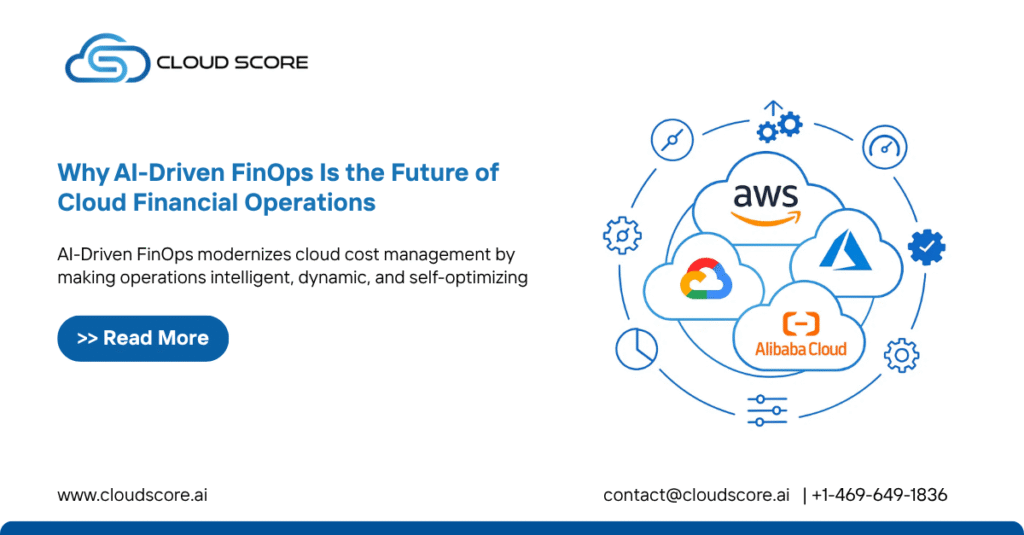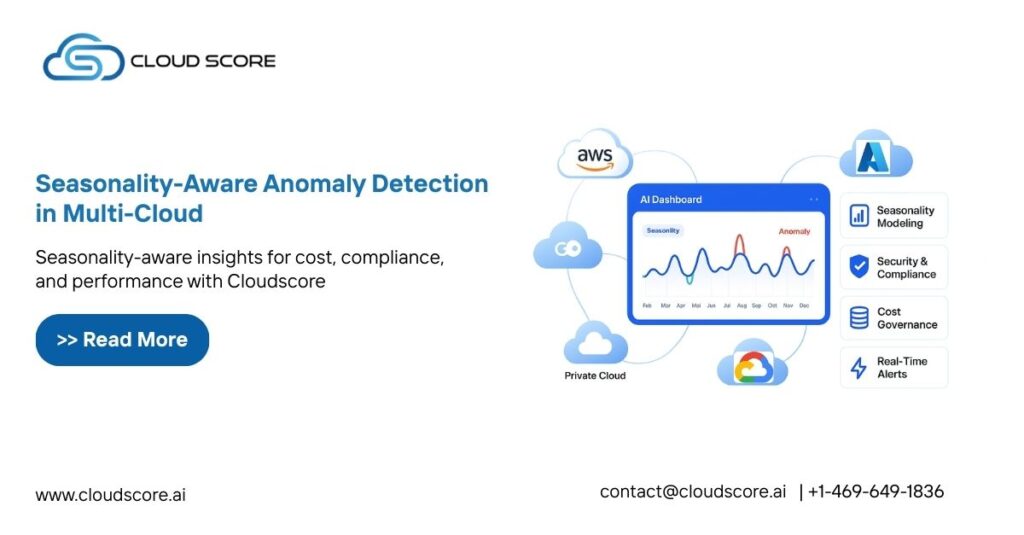Why AI-Driven FinOps Is the Future of Cloud Financial Operations
In the last decade, cloud adoption has skyrocketed yet cloud financial operations have struggled to keep pace. Most organizations still rely on manual cost tracking, static budgets, and delayed reporting, even while their cloud usage grows dynamically across teams, regions, and workloads. AI-Driven FinOps is changing that. It’s not just an upgrade to traditional FinOps practices it’s a complete reinvention of how companies optimize cloud spending, improve financial accuracy, and scale with confidence. The Shift From Traditional FinOps to AI-Driven FinOps FinOps has always focused on visibility, accountability, and optimization. But traditional methods depend heavily on manual work: Exporting billing reports Reconciling cost anomalies Building forecasts in spreadsheets Setting budgets that quickly go outdated With multicloud environments, Kubernetes clusters, and decentralized engineering workflows, manual FinOps can’t deliver the real-time intelligence modern organizations need. AI automates these complexities, turning FinOps from reactive cost control into proactive, intelligent cloud financial management. How AI Is Transforming Cloud Financial Operations 1. Real-Time Cost Visibility AI connects directly with multi-cloud billing systems and usage logs to give engineering, finance, and DevOps teams instant insights not weekly or monthly snapshots. This enables faster decisions and eliminates days of manual analysis. 2. Predictive Cloud Forecasting AI models can analyze historical usage, current workloads, business seasonality, and deployment patterns to forecast future cloud costs with far higher accuracy than manual projections. This helps teams plan budgets more intelligently and avoid unexpected cost overruns. 3. Automated Optimization Recommendations AI automatically identifies: Idle or underutilized resources Expensive compute options Right-sizing opportunities Savings plan gaps Opportunistic scheduling windows Instead of waiting for audits, teams get continuous optimization suggestions. 4. Intelligent Cloud Governance With AI, organizations can enforce policies automatically like shutting down unused resources or alerting teams before they exceed budget thresholds. This shifts governance from reactive enforcement to preventive automation. Why AI-Driven FinOps Is Becoming Essential Works at Scale As cloud environments grow, AI can monitor millions of data points simultaneously far more than human analysts. Boosts Cross-Team Collaboration Finance teams gain clarity. Engineering teams gain context. Leadership gains predictability. AI enables all three to operate from the same real-time source of truth. Reduces Cloud Waste Significantly Most companies overspend 30–40% on cloud. AI-driven optimization reduces waste, improving operational efficiency and freeing budgets for innovation. Supports Multicloud & Kubernetes Complexity Whether workloads run on AWS, Azure, GCP, or hybrid Kubernetes clusters, AI streamlines management across all environments. The Future of Cloud Financial Operations Is AI-Driven As cloud continues evolving, organizations need systems that can match its speed and complexity. AI-Driven FinOps modernizes cloud cost management by making operations intelligent, dynamic, and self-optimizing. Companies that adopt AI-driven financial operations aren’t just saving money they’re unlocking a competitive advantage in agility, forecasting, and digital transformation. The shift has already started. The future belongs to organizations that modernize their FinOps with AI. Start optimizing your cloud costs with AI-Driven FinOps today try CloudScore now. Request a Demo | Start Your Free Trial | Contact Our Experts See more Blogs: AI Cloud Cost Optimization | Smart Cost Management | Simplify Cloud Costs | Automated FinOps Platform | Multi-Cloud Spend | Cost Efficiency | Cloud Security | Dynamic Optimization | Seasonality Insights | Cloud Governance | Sustainability Reporting | Cloud Infrastructure | Predictive Analytics | Integrating FinOps | Forecasting | Automated Cost Management | Cloud Cost Optimization


